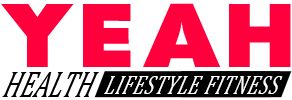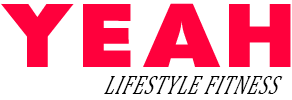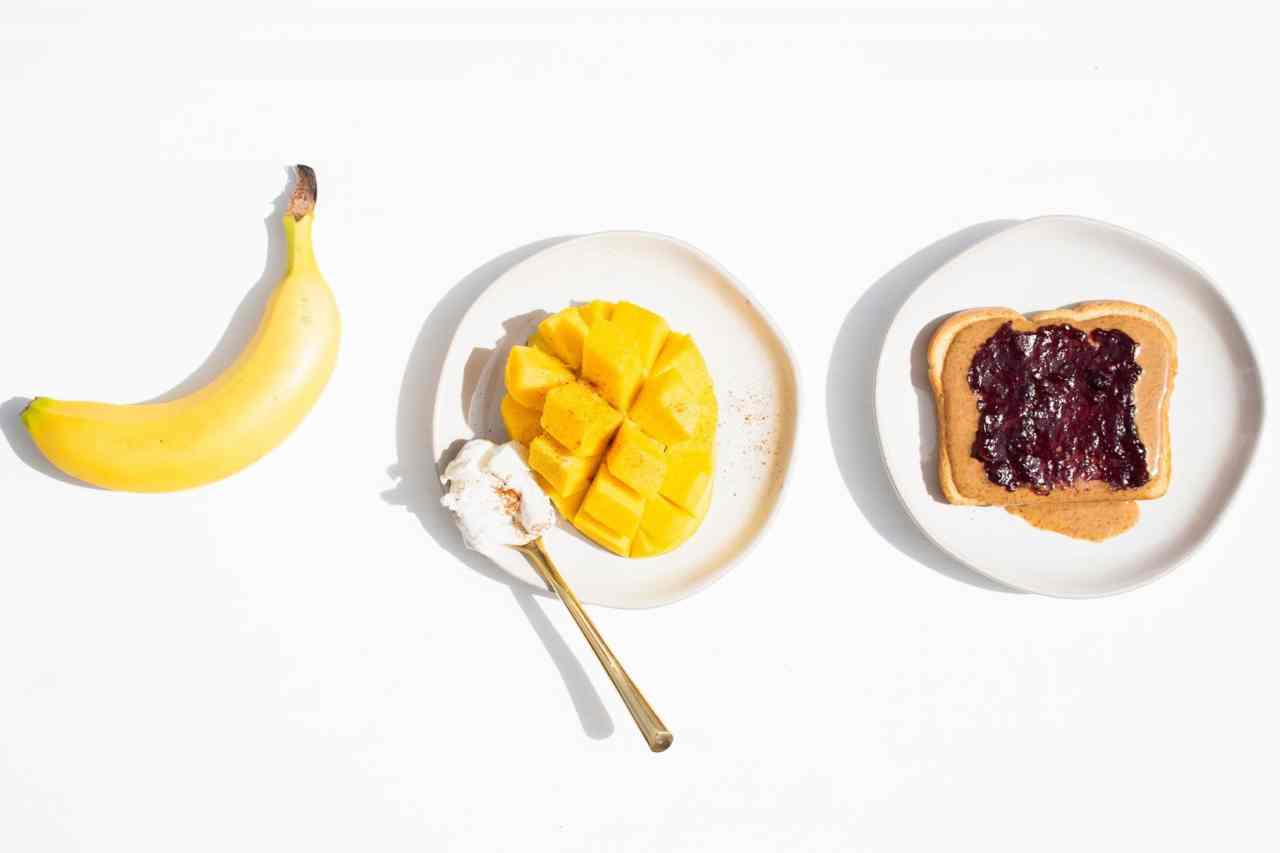Certain, we’re all accustomed to the phrase “carbohydrate,” however what precisely is a carb, what does it do, and why ought to athletes need to carb load? Let’s start with the fundamentals.
Carbohydrates are certainly one of three kinds of macronutrients utilized by the physique—the opposite two being fats and protein. Carbohydrates are available many types, together with greens, fruits, complete grains, pasta, bread, milk/milk merchandise, sports activities drinks, and sports activities vitamin dietary supplements similar to gels, chews, and drinks. Of their most elementary type, carbohydrates are glucose, and that is transformed by your physique into vitality—offering 4 energy per gram (protein additionally gives 4 energy per gram, whereas fats gives 9). There are lots of types of carbohydrates:
- Monosaccharides
- Disaccharides
- Oligosaccharides
- Polysaccharides
Consider mono- and disaccharides as easy carbs, with oligosaccharides and polysaccharides as advanced carbohydrates. The easier a carb is, the faster will probably be damaged down and utilized by the physique as vitality. Easy carbs will lead to a fast rise in blood glucose and insulin secretion from the pancreas; advanced carbohydrates take longer to digest and can lead to a steadier rise in blood glucose. Neither is “good nor unhealthy” when seen within the right context for what the aim of consumption is for.
RELATED: Triathlete’s Full Information to Diet and Fueling
What’s carb loading?
Carb loading includes an athlete topping up their muscle, blood, and liver glycogen (carbohydrate) shops by consuming a really excessive quantity of carbohydrates within the days main as much as a race. Carb loading is a broadly accepted a part of endurance sports activities preparation and normally is finished going into any occasion the place the vast majority of time goes to be at a tempo that can require the physique to make the most of carbohydrates as its main gas supply (that is sometimes something above 65-70% of your VO2 max). This topping up of carbs—or “tremendous compensation”—leads to glycogen shops being as much as 100% above the traditional storage of glycogen.
The Swedes have been the primary to report on the idea of carb loading in 1967, endeavor analysis that highlighted the physique’s capability to tremendous compensate with carbohydrates to enhance muscle and liver glycogen shops. Sadly, their specific method required three days of exhaustive train mixed with three days of high-carbohydrate fueling, which is hardly the pre-race taper many people adhere to now.
Fortunately, subsequent analysis demonstrated comparable advantages from simply three days of sunshine train and three days of elevated carbohydrate fueling (the place 70% of your whole vitality consumption is carbohydrate). Quick ahead to the current day and there are a few related, research-based carb-loading protocols that intention to spice up your liver and muscle glycogen by ~80-90% earlier than a key occasion.
A single day of a high-carbohydrate eating regimen, utilizing grams of carbohydrate per kg of body weight to calculate your wants, might be used to extend muscle glycogen shops by 90%. Alternatively, a day of quick, high-intensity coaching (actually a couple of minutes) adopted by a day of sunshine train then full relaxation, mixed with vital quantities of excessive glycemic meals and fluids the day earlier than a race, may enhance glycogen ranges by greater than 80%. Excessive glycemic meals are these which are ranked extremely on the glycemic index: they’re meals which are quickly digested and absorbed and trigger a pointy rise in blood sugar (e.g., white rice, white bread, white pasta, and pretzels).
Myths, misconceptions, and customary carb errors
One of many largest errors athletes typically make when approaching carb loading is failing to apply it in coaching. Ideally, an athlete will apply carb loading going into race simulation exercises just a few occasions earlier than race week. This permits the athlete to evaluate response to the upper carbs, apply consuming the precise prescribed carbohydrate quantities, and resolve which meals are finest tolerated.
Training the carb load is totally essential, however doing dry runs of the pre-race breakfast and the in-session race fueling is equally as necessary. Rehearsing these methods will present familiarity and confidence {that a} fueling technique is on level with regards to race day. Skipping this may be an athlete’s best undoing throughout a race.
RELATED: Ask Stacy: What Makes a Good Pre-Race Meal?
Feminine athletes and carb-loading
For girls, there’s a dearth of analysis investigating carb loading associated to race-like situations. The vast majority of research have centered on the proportion of vitality consumption (i.e., 70-75% of whole vitality consumption) because the measure of carb loading. Nevertheless, the research didn’t decide whether or not the whole vitality consumed each day really met the calls for of coaching and racing. Due to this fact, regardless of consuming 70% carbs as a proportion of their day by day vitamin consumption, the whole grams per kilogram of physique weight might not have been enough to load the physique.
There are just a few research which have investigated loading in girls utilizing a excessive sufficient quantity (e.g., 8-10g/kg/body weight/day) and located they can enhance glycogen shops. Girls must load in relation to their physique mass and eat excessive quantities of carbohydrates in an effort to enhance glycogen shops.
One other consideration is the menstrual cycle section and the way it impacts carb loading. Girls seem to have a better capability to retailer glycogen throughout the luteal section (the ~14 days after ovulation) in comparison with the follicular section (the primary day of bleeding by way of to ovulation).
Whereas extra analysis is required, it is very important notice that what works for one girl is not going to essentially work properly for an additional. Working along with your coach and a nutritionist to check what you’ll be able to comfortably eat is of utmost significance.
Carb loading versus high-carb fueling
General, it is very important do not forget that muscle glycogen ranges alone don’t decide fatigue. The consumption of carbs leads to steady blood glucose ranges, and if the consumption is excessive sufficient, it spares liver glycogen. As you enhance your endurance capability with coaching, there’s an improved oxidation price of blood glucose and improved financial system for fueling. In brief, as you get fitter you turn out to be a much more environment friendly fueling machine.
That is the place the idea of high-carbohydrate fueling turns into an extra and necessary technique. This technique ought to be practiced in coaching and employed throughout your race. An athlete’s capability to eat excessive quantities of carbohydrates relative to their physique mass throughout a race will lead to sustained carbohydrate oxidation (burning of carbs as gas) and, finally, sustained energy and pace.
RELATED: Excessive-Carb Fueling: How Excessive Can You Go?
Make carbs be just right for you
The significance of carbohydrates for racing is unequivocal. As athletes push their our bodies above that barrier round 60-70% of VO2max, the physique begins to modify from predominantly utilizing fats for gas to carbohydrates. That is significantly obvious because the train period extends past 90 minutes, which most triathlons do. Not solely does using carbohydrates as a gas supply turn out to be extra distinguished, but in addition the vitality value of utilizing carbohydrates as a gas supply is lower than that of fats. In different phrases, whenever you need to go quick and go lengthy, you want carbohydrates—and loads of them.
A carb-loading plan
Easy and acquainted meals are key within the lead as much as a race. It’s all about fueling for a function, fairly than culinary excellence. Listed below are 5 prime suggestions for race week vitamin, in addition to a carb-loading menu for the 24 hours pre-race.
RELATED: 10 Greatest Carbohydrate Sources for Triathletes
Prime suggestions for carbing up race week
Start excessive carbohydrate consumption a minimal of 24 hours earlier than any race that’s longer than 90 minutes.
Optimum loading can be to extend carbohydrate consumption 48 hours prematurely, consuming at the least 6-8g per kg of body weight per day.
Devour a mix of high-glycemic meals and fluids to succeed in the really useful consumption ranges.
Ingesting a number of the carbs may also help scale back that stuffed feeling. Recommended drinks embrace fruit juice, chocolate milk, and vitality drinks.
Excessive glycemic meals are key.
These embrace white bread/bagels, white pasta, white rice, white potatoes, breakfast cereals similar to Rice Krispies or cornflakes, pancakes, potatoes, rice crackers, fruits similar to raisins, bananas, mangoes, pineapple, and sweetened dairy merchandise similar to fruit yogurts.
Scale back whole fiber consumption within the 24-48 hours main right into a race to reduce content material within the intestines.
Restrict leafy and fibrous greens to 1-2 servings in whole.
On race morning, intention to eat a meal roughly two to 3 hours previous to the beginning time of about 80-100g carbs and containing fiber.
Fiber helps defend the liner of the intestine from a heat-stress damage. Carbohydrates additionally play a significant function on this. Recommended meals embrace oatmeal (cooked or in a single day oats), complete wheat toast/bread, banana, and yogurt.
What to eat the day earlier than a half- (70.3) or full-distance Ironman
Male athlete weighing 165 kilos
Objective for approximate whole macronutrients:
- Protein = 160g (2.1g/kg/BW)
- Carbs = 500g (6.7g/kg/BW)
- Fats = 80g (1.1g/kg/BW)
Recommended meal plan:
| Snack | 2 x white toast topped with 2 tbsp almond butter and jam |
| Breakfast | 4 x whey/plant protein pancakes, 2 scrambled eggs, and 1 tbsp maple syrup |
| Snack | Shake with 40g protein, 1 banana, handful berries, and 300ml milk |
| Lunch | 200g white fish like tilapia, cod, bass, grouper, haddock, catfish, or snapper with 150g (raw weight) white rice and a small salad |
| Fluids | 500ml apple juice |
| Snack | 200g yogurt with 130g vanilla whey/plant protein, 1⁄2 banana, 1⁄2 mango, and 1tsp cinnamon |
| Dinner | 200g hen with 150g (raw weight) pasta and 1 tbsp virgin olive oil and tomato-based sauce |
Feminine athlete weighing 145 kilos
Objective for approximate whole macronutrients:
- Protein = 130g (2.1g/kg/BW)
- Carbs = 430g (6.7g/kg/BW)
- Fats = 70g (1.1g/kg/BW)
Recommended meal plan:
| Snack | 1 x white toast topped with 1 tbsp almond butter and jam |
| Breakfast | 120g Rice Krispies with handful berries and 1 banana served with 200ml milk, 1 scrambled egg, and 1 tbsp maple syrup |
| Snack | Shake with 20g protein, 1 banana, handful berries, and
300mL milk |
| Lunch | 200g hen with 150g (raw weight) white rice and
a small salad |
| Fluids | 500ml apple juice |
| Snack | 100g yogurt with 130g vanilla whey/plant protein, 1⁄2
banana, 1⁄2 mango, and 1 tsp cinnamon |
| Dinner | 100g white fish like tilapia, cod, bass, grouper, haddock,
catfish, or snapper with 120g (raw weight) pasta and 1 tsp virgin olive oil and tomato-based sauce and tomato-based sauce |
RELATED: The Skilled-Curated, Triathlete-Accepted Race Week Menu
Scott Tindal is a efficiency vitamin coach with 20 years of expertise working with professional and newbie athletes. He has a Masters diploma in sports activities medication and a post-graduate diploma in efficiency vitamin. He is the co-founder of FuelIn, an app-based customized vitamin teaching program.







